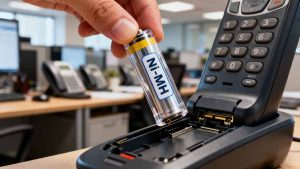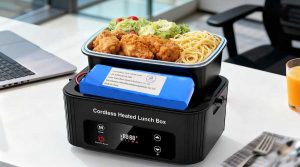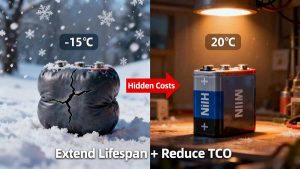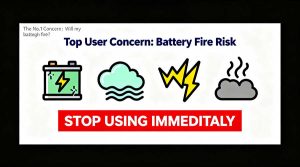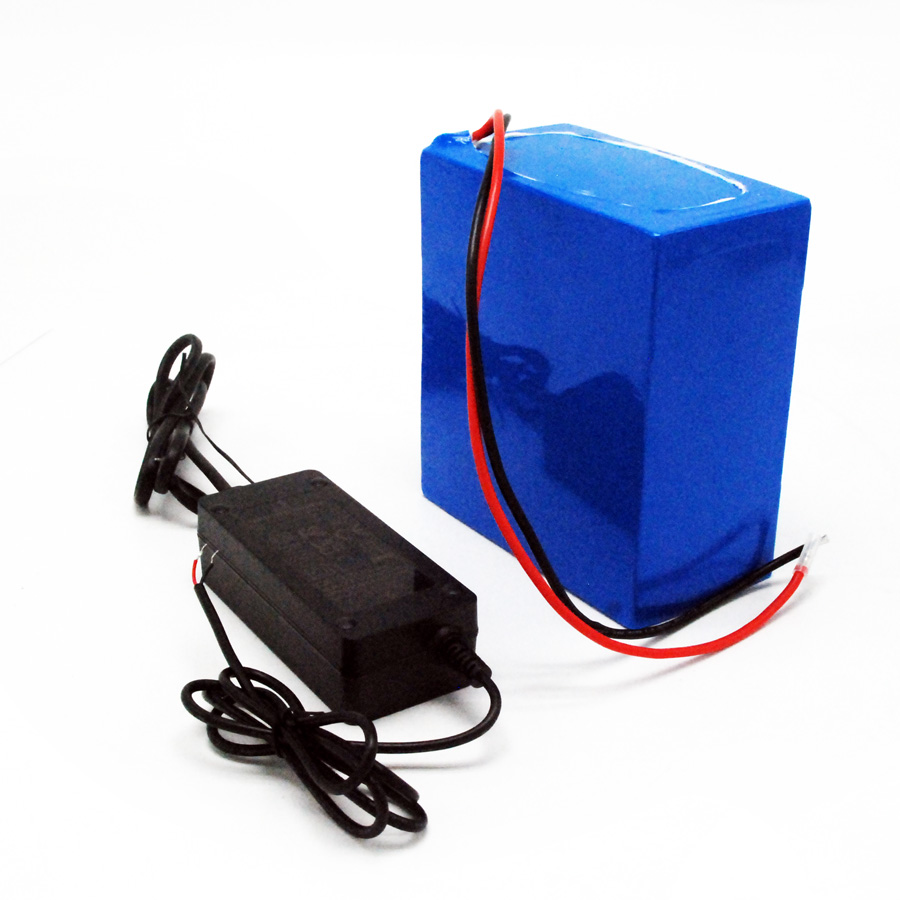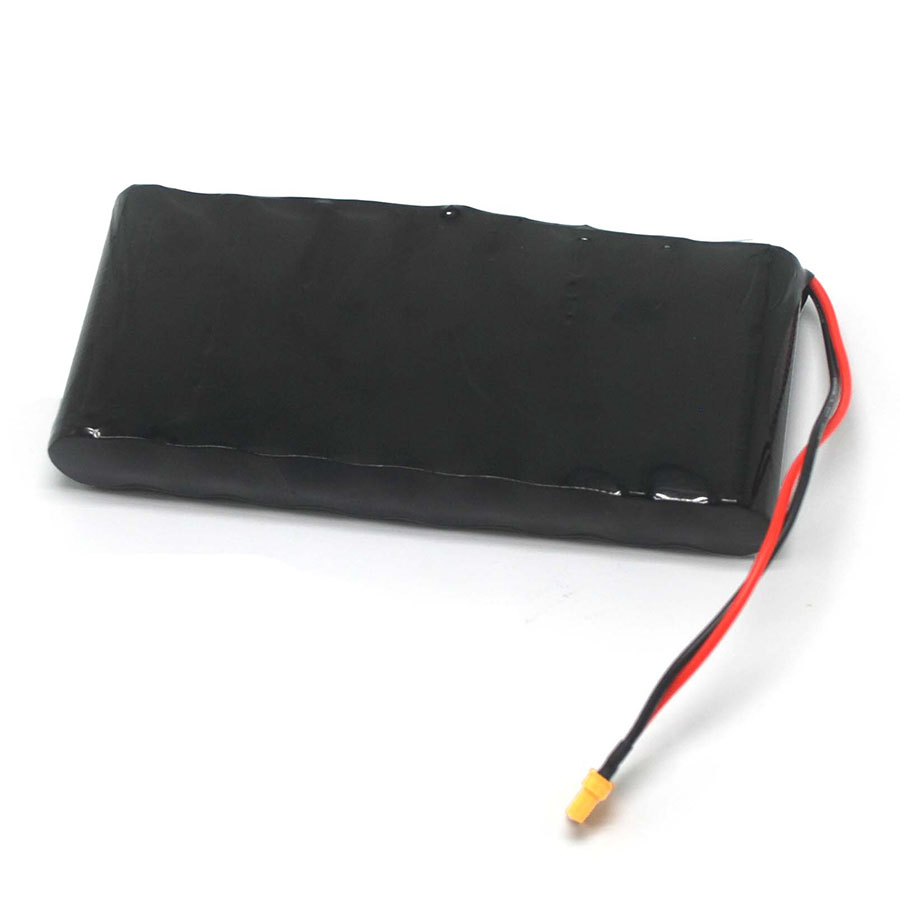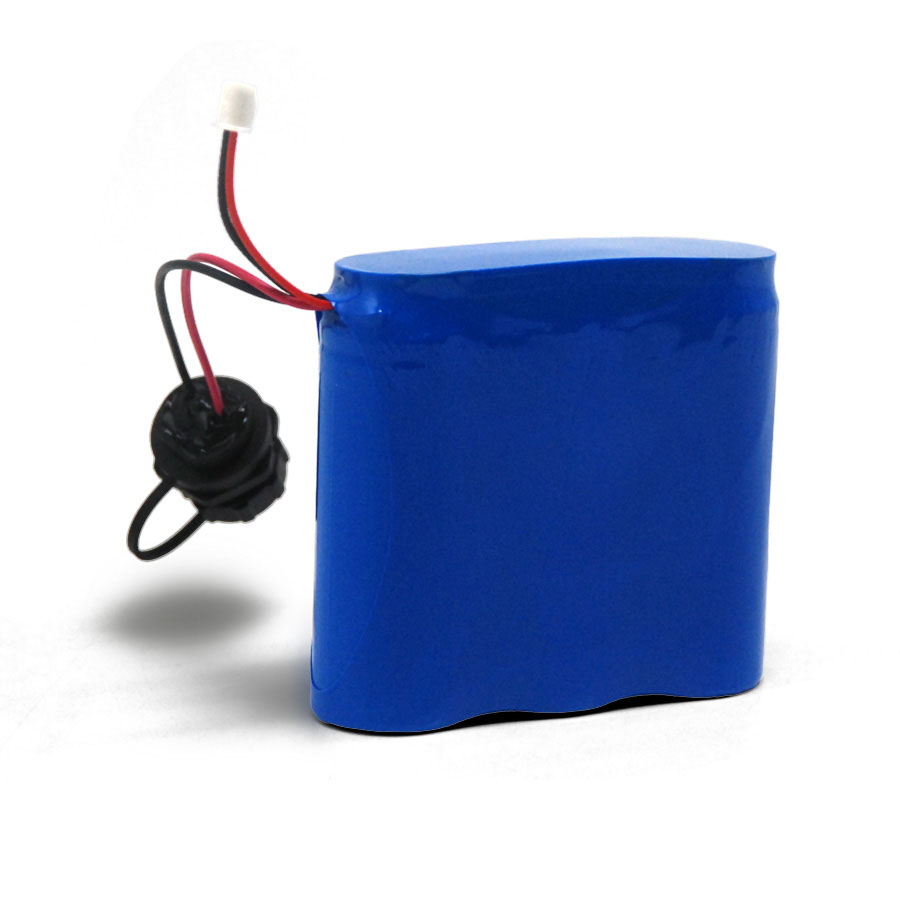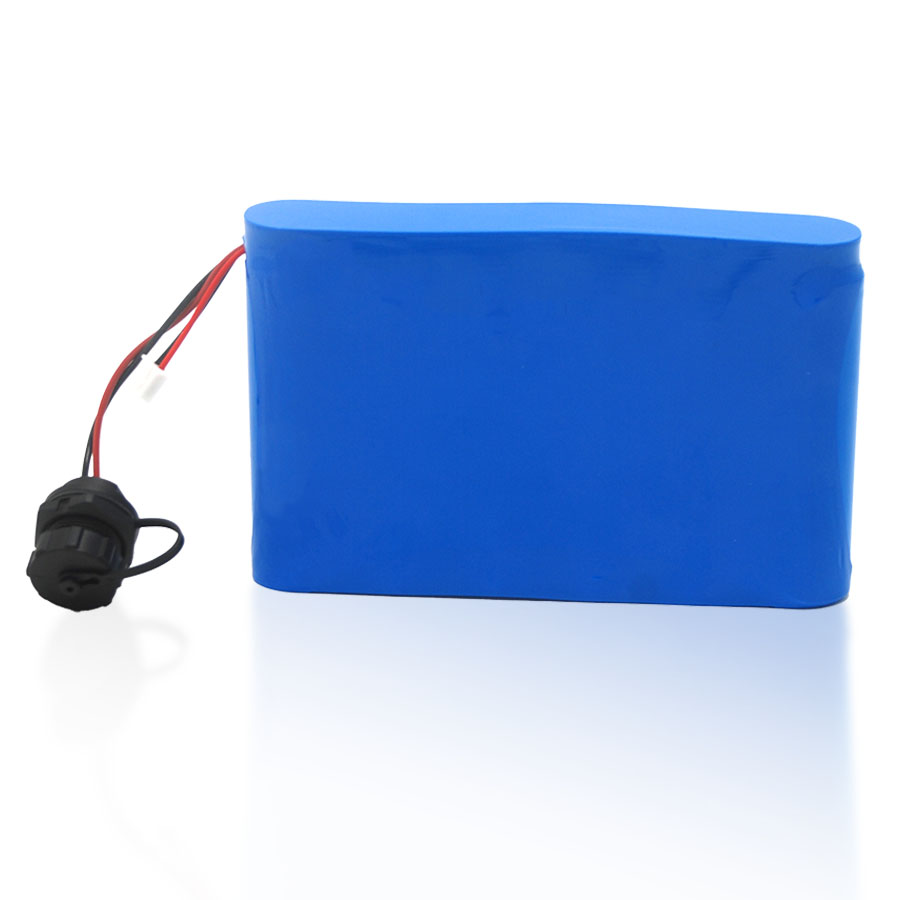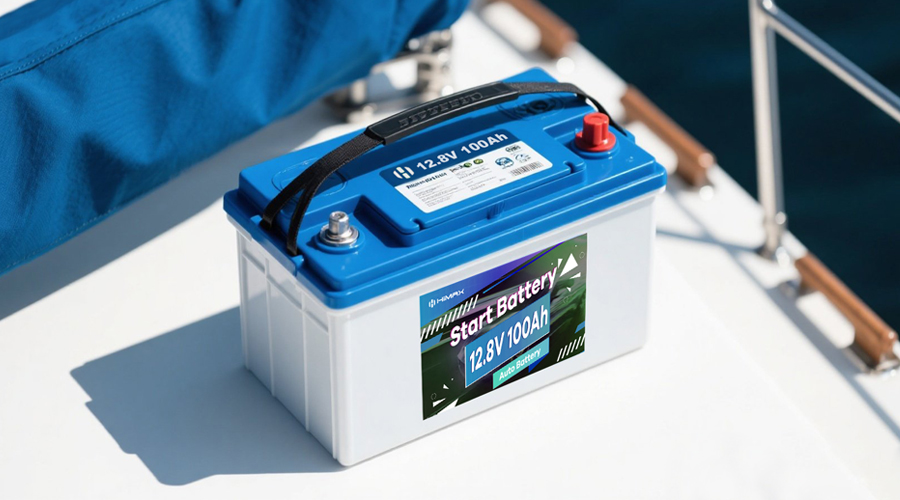
Every boat owner knows: a reliable marine battery is the heart of a safe and enjoyable voyage. But with so many options—lead-acid, AGM, Gel, LiFePO₄—how do you zero in on the best marine battery for your specific needs? In this guide, you’ll discover seven practical tips to choose the perfect marine battery for your boat, backed by real-world examples and FAQs to steer you clear of common pitfalls.
Tip 1 – Calculate Your Boat’s Power Needs
1.1 List Your Onboard Devices
Start by inventorying each device you’ll power:
· Navigation instruments (GPS, chartplotter)
· Fishfinder or sonar
· Cabin and deck lighting
· Bilge pump
· Refrigerator or cooler
· Stereo systems, USB chargers
1.2 Ah Demand: The Simple Formula
Use this formula for each device:
Amp-hours (Ah) = Device current draw (A) × Hours of use per day (h)
Add up all Ah values, then include a 20–30% safety margin to avoid deep discharges that shorten battery life.
1.3 Real-World Example
A 16-ft fishing boat with:
· GPS/sonar: 3 A × 8 h = 24 Ah
· LED cabin lights: 2 A × 5 h = 10 Ah
· Bilge pump: 5 A × 0.5 h = 2.5 Ah
Total = 36.5 Ah → Add 25% buffer → ~46 Ah daily capacity
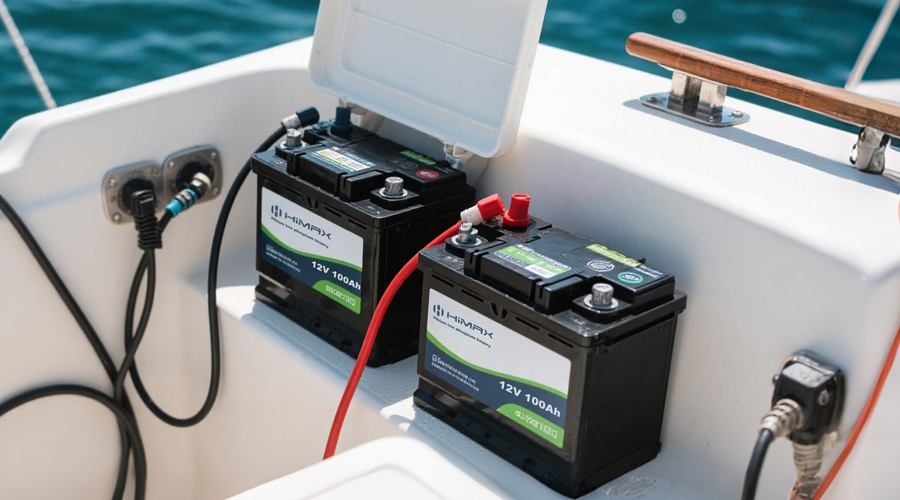
Tip 2 – Understand Battery Types & Chemistry
2.1 Starting vs. Deep-Cycle vs. Dual-Purpose
· Starting Batteries: High Cold-Cranking Amps (CCA) for engine starts, not ideal for deep discharges.
· Deep-Cycle Batteries: Designed for repeated discharge/charge cycles—perfect for trolling motors and electronics.
· Dual-Purpose Batteries: A blend; can crank engines and power accessories moderately well.
2.2 Chemistry Breakdown
| Chemistry | Pros | Cons |
| Flooded Lead-Acid | Low cost, proven tech | Heavy, maintenance (water top-ups) |
| AGM (Absorbent Glass Mat) | Spill-proof, low self-discharge | Higher price, sensitive to overcharge |
| Gel | Vibration-resistant, deep discharge | Must charge at lower currents; pricey |
| LiFePO₄ | Lightweight, long cycle life (2000+), fast charging | Highest upfront cost; requires compatible charger |
Tip 3 – Key Specs to Focus On
3.1 Amp-Hours (Ah)
The total energy storage—match or exceed your daily Ah demand plus buffer.
3.2 Cold-Cranking Amps (CCA) / Marine Cranking Amps (MCA)
For starting batteries: higher CCA/MCA means more reliable cold starts.
3.3 Reserve Capacity (RC)
Minutes a fully charged battery can run a 25 A load before voltage drops below 10.5 V—essential for emergencies.
Tip 4 – Account for Environment & Installation
4.1 Vibration, Moisture & Corrosion
Marine batteries must resist constant movement, salt spray, and humidity—look for marine-rated housings.
4.2 Group Size & Fit
Check your boat’s battery compartment for Group Size (e.g., 24, 27, 31) and terminal orientation to ensure a snug fit.
4.3 Ventilation & Safety
Flooded batteries emit hydrogen gas—install in a vented locker. AGM, Gel, and LiFePO₄ are sealed but still benefit from airflow.
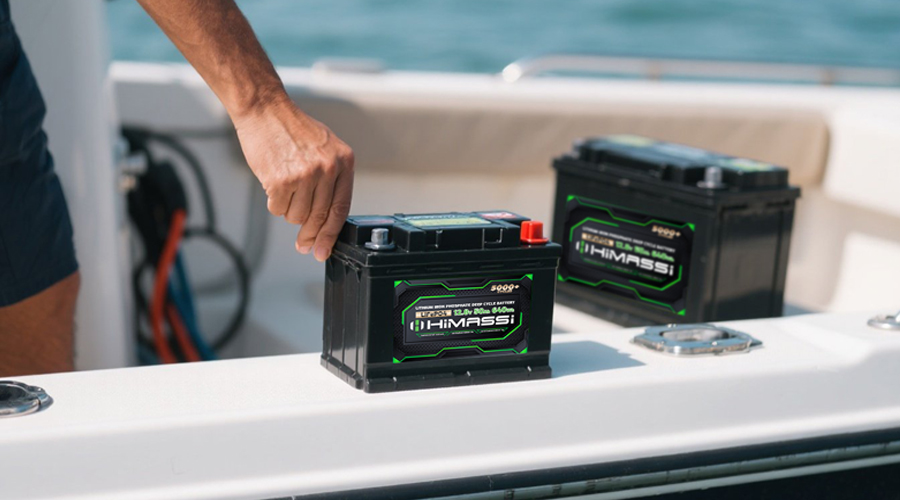
Tip 5 – Optimize Battery Bank Configuration
5.1 Series Connections
· Increases voltage (e.g., 12 V → 24 V or 48 V)
· Used when trolling motors or inverters require higher input
5.2 Parallel Connections
· Increases capacity (Ah) at same voltage
· Ideal for extending run-time of electronics and lights
5.3 Combination Examples
· Two 12 V, 100 Ah batteries in parallel = 12 V, 200 Ah
· Four 12 V, 100 Ah batteries in series-parallel for 24 V, 200 Ah bank
Tip 6 – Maintenance & Service Life
6.1 Depth-of-Discharge (DoD) Matters
· Flooded/AGM: Aim for ≤50% DoD per cycle to optimize lifespan.
· LiFePO₄: Can handle 80–90% DoD with minimal cycle loss.
6.2 Routine Care
· Flooded: Check electrolyte, top up distilled water.
· AGM/Gel/LiFePO₄: Monitor voltage, avoid overcharge/discharge.
6.3 Warranty & Replacement
Review manufacturer’s cycle-life warranty (e.g., 400 cycles @ 50% DoD) and typical end-of-life voltage threshold.
Tip 7 – Budget & Total Cost of Ownership
7.1 Upfront vs. Long-Term Costs
· Flooded is cheapest initially but offers fewer cycles.
· LiFePO₄ is pricier but delivers 5–10× the cycle life—lower $/cycle.
7.2 Lifecycle Cost Comparison
| Chemistry | Typical Price/100 Ah | Cycle Life @50% DoD | $/Cycle (100 Ah) |
| Flooded | $150 | 300 | $0.50 |
| AGM | $250 | 500 | $0.50 |
| LiFePO₄ | $600 | 2000 | $0.30 |
7.3 Finding Your Sweet Spot
Balance your budget, expected usage, and desired lifespan—sometimes a mid-range AGM is optimal; for heavy daily use, LiFePO₄ pays off.
Battery Size Chart & Scenario Recommendations
| Boat Type | Daily Ah Need | Recommended Battery Bank |
| Small Fishing Boat | 40–60 Ah | 12 V, 100 Ah Deep-Cycle AGM |
| Family Pontoon | 80–120 Ah | 12 V, 200 Ah Flooded or AGM |
| Overnight Cruiser | 150–200 Ah | 12 V, 300–400 Ah LiFePO₄ Bank |
| Day-Sailer / Tender | 20–40 Ah | 12 V, 50 Ah AGM or Gel |
Frequently Asked Questions (FAQ)
Q1: How often should I charge my marine battery?
A: After every trip, or whenever voltage drops below 12.4 V. Avoid long-term float without maintenance charging.
Q2: Can I mix different battery types or ages?
A: No—never parallel a new LiFePO₄ with an old AGM. Stick to identical chemistry, age, and capacity for reliability.
Q3: What are early signs of battery failure?
A: Loss of capacity (runs down quickly), failure to hold charge, swollen case (Gel/AGM), or unusual heat during charge.
Conclusion & Call to Action
Choosing the right marine battery doesn’t have to be intimidating. By calculating your power needs, understanding battery chemistries, focusing on key specs, and accounting for environment, you’ll ensure reliable performance and longer life. Ready to find your perfect marine battery for your boat?
· Contact Himax Battery today for a custom marine battery quote
Smooth sailing starts with the right power—equip your boat with confidence!


